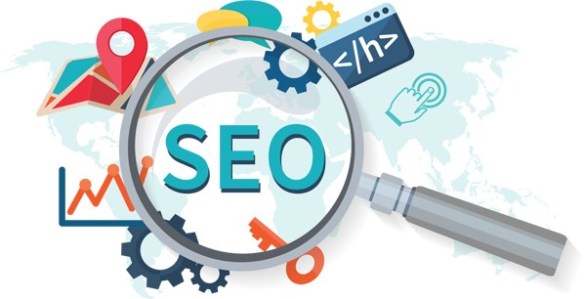Trends and Predictions for Web Design and Development
The technology sector is making
rapid progress. Very fast web design and development
are no different. Ask everyone who tries to follow all javascript libraries and
frames! All these changes make it interesting to observe and predict where the
industry is headed.
Facilitate
the web design
As for the tools that make life
easier, we finally return to the future with a set of visual design tools from
Dreamweaver websites.
For the Web, the winner seems to
be Webflow. Do not overlook Macaw, or Adobe with its growing tools. These tools
are designed to simplify the creation of responsive web designs, especially for
designers who are not programmers. They generate different levels of labeling
that are likely to be "pretty good" for most daily projects and
certainly sufficient for rapid prototyping.
The same mentality of visual
design tools has also permeated the CMS. From the WordPress customizer to the
growing popularity of Visual Composer, theme developers want their users to be
able to manipulate and engage the browser.
It's a trend that is increasingly
gaining ground to simplify things for the user, whether professional designers
or theme users. I think we will gain more land on both fronts next year, as
everyone will strive to simplify web design in the face of increasing screen
size, screen types and other demands placed on the modern web designer.
We will undoubtedly continue to
witness the explosion of generic design and development tools for prototypes,
collaboration, testing, version control, and more.
Although it was a long time ago,
it seemed that 2018 was the year when Sketch among designers had really begun
to generalize. It's hard to see a sketch in Designer News one day without a
resource related to Sketch being published. I think Sketch will continue to
work there until 2020, when the unfortunate fireworks have stopped.
The Rise of Animation of the User Interface

Last year, I suggested seeing
more movement in web design. There were certainly more video backgrounds,
animated GIFs and simple icon animations this year. But best of all, we're
seeing more and more user interface and interaction animations. From CSS
transitions and transformations to JS libraries, tools are helping to make the
world of post-Flash animation very fast.
Next year, UI animations should
increase rapidly and the tools that build them will increase significantly.
Increased
Use of Card Design
Just as the website was de facto
the content of the Internet, the "map" seems to be the age of the
mobile device, device and social age. While the design of the card began long
ago as the future of the Web, it seems we are transitioning to a simple and
elegant medium, especially given the upcoming explosion of small user
interfaces, they are a HUD in their environment. Car or a wristwatch interface.
Conclusion
If, after reading this article, a
customer still does not understand why website design and development are not
night work, we eat our hat!
It is clear that the many steps
in the web design process, if executed correctly, will take some time, although
strong communication between the customer and the company often helps to reduce
them.
Hopefully, this short overview
will give you a better understanding of the process. With this information, not
only will they understand the process of web design, but they will also be
better able to communicate and help the design and development team create a
website whose two parts are truly proud.
See more HTML Pro




Comments
Post a Comment